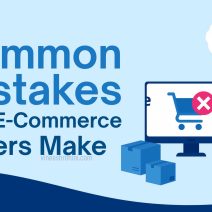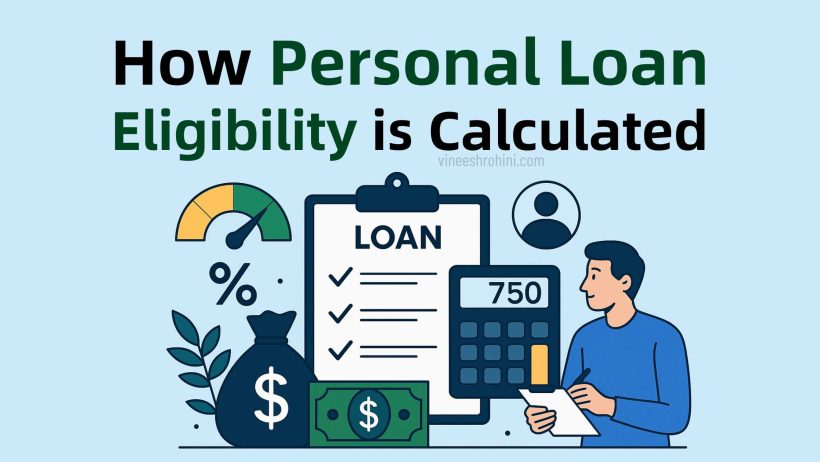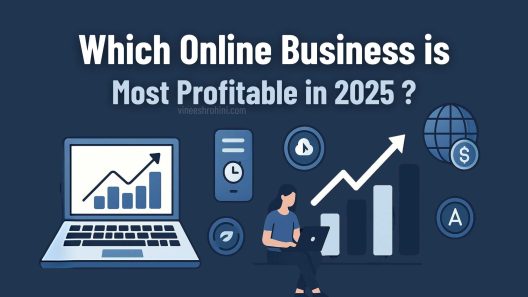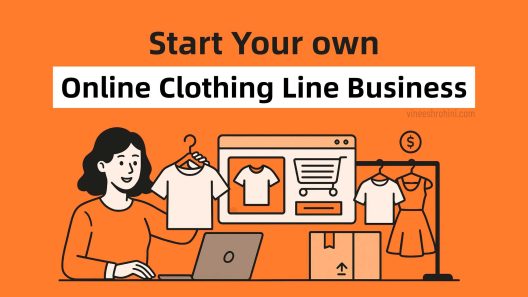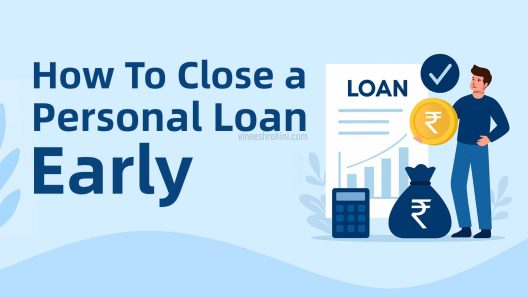Personal Loan Eligibility : In today’s fast-paced financial landscape, personal loans have become a preferred borrowing option for many individuals looking to fund emergencies, weddings, vacations, education, medical bills, or even business ventures. However, not everyone who applies for a personal loan is approved. Financial institutions follow a meticulous evaluation process to determine whether an applicant qualifies. This process is known as personal loan eligibility assessment. Understanding how personal loan eligibility is calculated can significantly improve your chances of approval and help you secure the most favorable terms.
Table of Contents
This Comprehensive guide explores all aspects of personal loan eligibility in 2025, including the key parameters, influencing factors, and how to improve your chances of getting approved.
1. What is Personal Loan Eligibility?

Personal loan eligibility refers to a set of criteria defined by lenders to determine whether a borrower qualifies for a loan. These criteria are based on multiple factors such as age, income, employment type, credit score, repayment capacity, and existing financial obligations. Lenders use these parameters to minimize the risk of default and ensure that the borrower can repay the loan without stress.
2. Why Understanding Eligibility is Important Before Applying
Being aware of how your personal loan eligibility is calculated helps you in two key ways:
- You can apply only with lenders where you are more likely to be approved, thereby avoiding unnecessary rejections that affect your credit score.
- You can negotiate better terms, such as lower interest rates or higher loan amounts, if you meet or exceed the eligibility standards.
Read more: mPokket : Get an Instant ₹10,000 Personal Loan : Quick, Easy, and Hassle-Free – Comprehensive Guide
3. Key Factors Affecting Personal Loan Eligibility
a) Credit Score and Credit History
Your credit score is one of the most critical components in loan eligibility calculation. It reflects your creditworthiness and is a numeric representation of your credit history. A score above 750 is generally considered good and can increase your approval chances. Here’s how credit score impacts eligibility:
- 750–900: Excellent – higher chances of loan approval at low interest rates.
- 650–749: Moderate – eligible but may attract higher interest rates.
- Below 650: Low – low chances of approval; lender may reject or offer smaller loan amounts.
Lenders also assess your credit history including past repayments, defaults, existing EMIs, and the number of loan accounts.
b) Monthly Income
Your monthly income is a strong indicator of your repayment capacity. Salaried individuals with a consistent income are often preferred. Typically, lenders have minimum income criteria which can vary by city and institution. For example, in metro cities, the minimum monthly income required might be ₹25,000, whereas in smaller towns it could be ₹15,000.
Higher income leads to:
- Larger eligible loan amounts
- Better negotiation power
- Lower interest rates
c) Employment Type and Stability
Whether you are salaried or self-employed, your job profile matters. Lenders usually prefer:
- Salaried employees working with reputed companies or government institutions
- Self-employed professionals with steady income for at least 2–3 years
Long-term employment with the same employer also improves your loan eligibility.
d) Age and Loan Tenure
Most lenders approve personal loans for individuals aged 21 to 60 years. The younger you are, the more likely you are to get a longer repayment tenure. Older applicants may be offered shorter tenures due to nearing retirement age, affecting loan eligibility.
e) Debt-to-Income Ratio (DTI)
Your DTI ratio is calculated by dividing your total monthly debt payments by your gross monthly income. Ideally, your DTI should be less than 40%. A higher DTI suggests that you may be over-leveraged and thus a high-risk borrower.
Example:
- Monthly income: ₹50,000
- Existing EMIs: ₹15,000
- DTI = ₹15,000 / ₹50,000 = 30% (Acceptable)
f) Existing Financial Obligations
If you already have multiple ongoing EMIs for car loans, home loans, or credit cards, it may lower your eligibility. Lenders may hesitate to offer a new personal loan if your current obligations already consume a large chunk of your monthly income.
4. How Do Banks and NBFCs Calculate Personal Loan Eligibility in 2025?

a) Multiplier Method
In this method, lenders multiply the borrower’s net monthly income by a fixed number (usually between 10 and 24) to arrive at the eligible loan amount.
Example:
- Monthly income: ₹40,000
- Multiplier: 20
- Eligible loan = ₹40,000 x 20 = ₹8,00,000
The multiplier varies based on your credit score, employer type, and income level.
b) FOIR Method (Fixed Obligations to Income Ratio)
FOIR is a more advanced and accurate method used by most lenders today. It considers your income and deducts your existing obligations (other EMIs, rent, etc.) to determine how much you can repay.
Example:
- Net monthly income: ₹60,000
- Existing EMIs: ₹15,000
- FOIR assumed: 50% → ₹30,000
- Available for new EMI: ₹30,000 – ₹15,000 = ₹15,000
Based on this, the loan amount is calculated using an EMI calculator.
Buy Now : A-Z Blueprint To Mastering The Stock Market
c) Credit Report Assessment
Most financial institutions use credit bureaus like CIBIL, Experian, or CRIF Highmark to analyze your credit report in depth. This includes the number of credit accounts, overdue payments, credit utilization ratio, and credit inquiries.
5. Documents Required to Prove Eligibility

To assess eligibility accurately, lenders ask for:
- Identity proof (Aadhaar, PAN, Passport)
- Address proof (Electricity bill, Rental agreement)
- Income proof (Salary slips, IT returns)
- Employment proof (Appointment letter, employee ID)
- Bank statements (Last 6 months)
For self-employed applicants, audited financial statements, business proof, and GST returns may be required.
6. How to Improve Your Personal Loan Eligibility in 2025
a) Maintain a High Credit Score
- Pay EMIs and credit card bills on time
- Avoid taking multiple loans at once
- Keep your credit utilization under 30%
b) Reduce Existing Debt
Before applying for a personal loan, pay off small loans or credit card dues to reduce your FOIR.
c) Show Additional Sources of Income
Freelance income, rental income, or spouse’s income can improve your perceived repayment capacity.
d) Apply Jointly
Applying with a co-applicant (spouse, parent) with a good credit profile can increase your eligibility and loan amount.
e) Choose a Longer Tenure
A longer loan tenure reduces the EMI amount, thereby improving your FOIR ratio and making it easier for you to qualify.
7. Common Reasons for Personal Loan Rejection
- Low credit score
- Unstable job history
- Incomplete documentation
- High DTI ratio
- Frequent job changes
- Too many loan inquiries in a short time
8. Personal Loan Eligibility Criteria of Top Banks and NBFCs in India (2025)
| Lender | Minimum Salary | Age Requirement | Credit Score Required |
|---|---|---|---|
| HDFC Bank | ₹25,000 | 21–60 years | 700+ |
| SBI | ₹15,000 | 21–58 years | 700+ |
| Axis Bank | ₹25,000 | 21–60 years | 750+ |
| ICICI Bank | ₹30,000 | 23–58 years | 700+ |
| Bajaj Finserv | ₹18,000 | 21–67 years | 720+ |
| Tata Capital | ₹20,000 | 22–60 years | 700+ |
| Kotak Mahindra | ₹20,000 | 21–58 years | 700+ |
Note: These figures may vary based on location and updated policies.
9. Eligibility vs. Affordability – Know the Difference
Just because you’re eligible for a personal loan doesn’t mean you should take the maximum amount offered. Affordability means how much you should borrow based on your financial goals and repayment capacity. Borrow within your limits to avoid financial stress.
Buy Now : A-Z Blueprint To Mastering The Stock Market
10. Pre-Approved Personal Loans – Are You Eligible?
Some banks offer pre-approved personal loans to existing customers based on their banking history and credit score. These loans have:
- Instant approval
- Minimal documentation
- Faster disbursement
However, the eligibility is algorithm-based and may vary by customer.
Conclusion: Make Smarter Borrowing Decisions in 2025
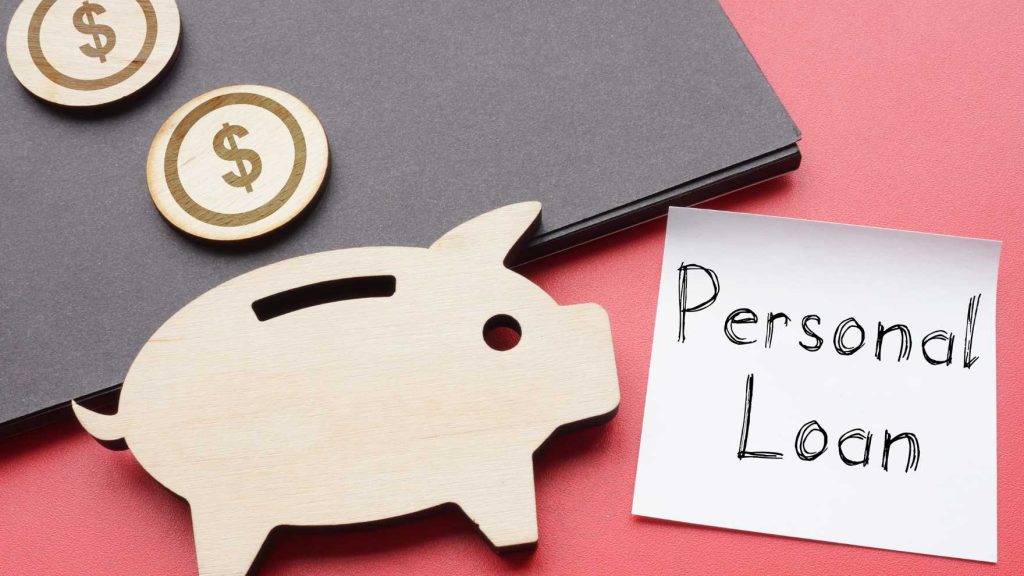
Understanding how personal loan eligibility is calculated can make a substantial difference in getting approved and receiving favorable terms. By keeping your credit profile clean, maintaining stable employment, ensuring a balanced debt-to-income ratio, and applying with the right lenders, you can boost your chances of approval in 2025. Whether you’re planning a big life event or handling a financial emergency, being informed is your strongest financial asset.
Disclaimer: Loan eligibility criteria and interest rates vary by lender and are subject to change. Always compare multiple loan offers and read the terms and conditions before applying.


